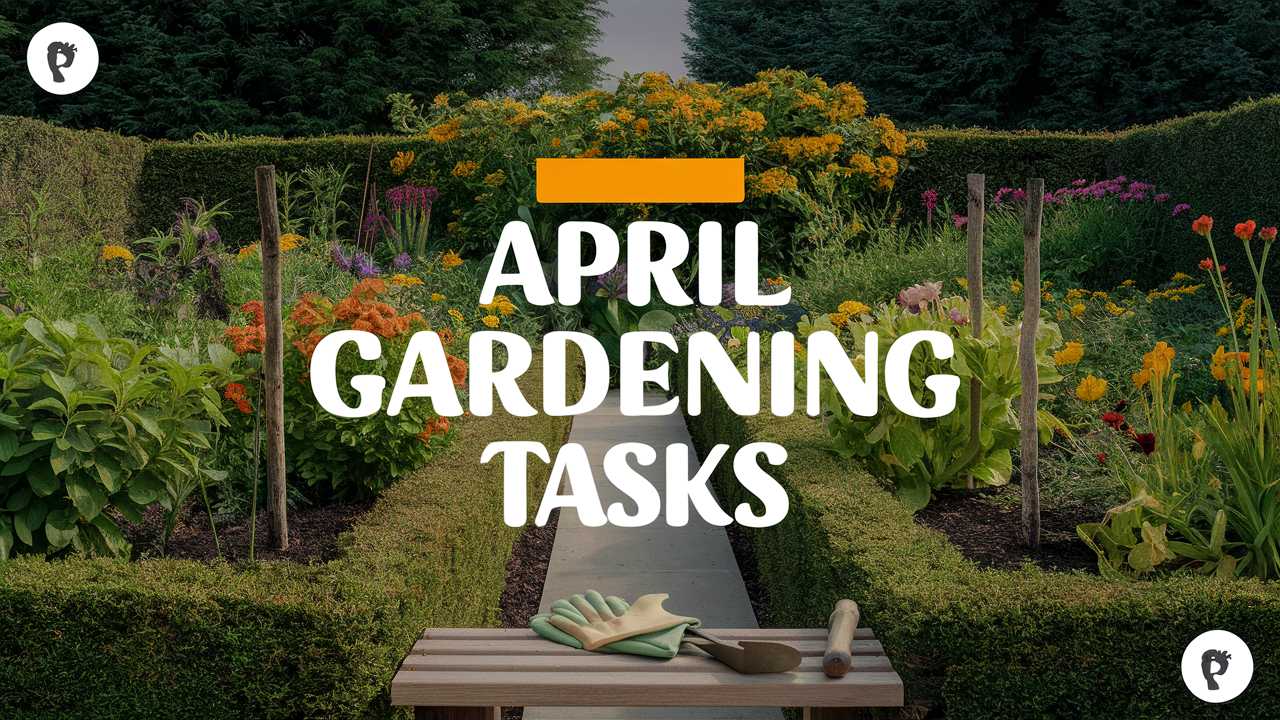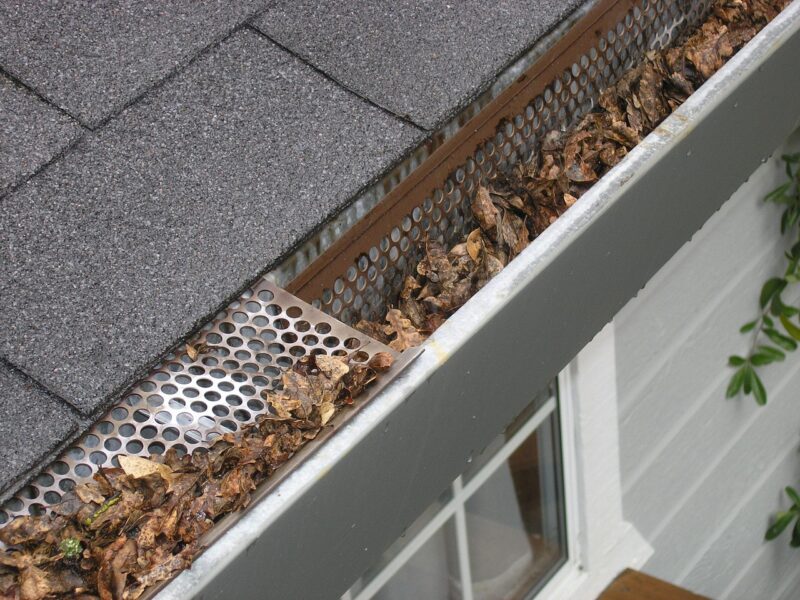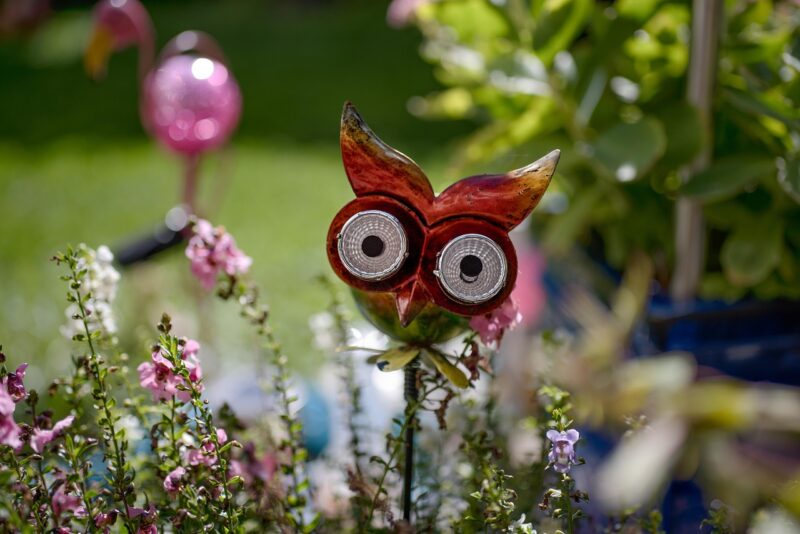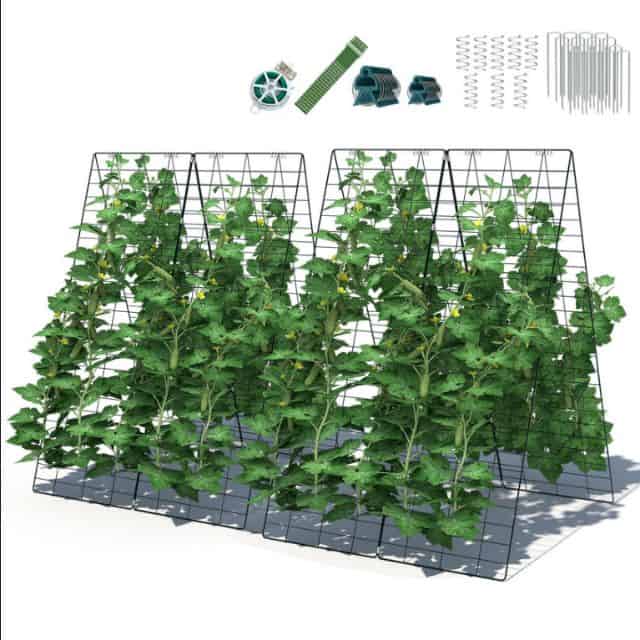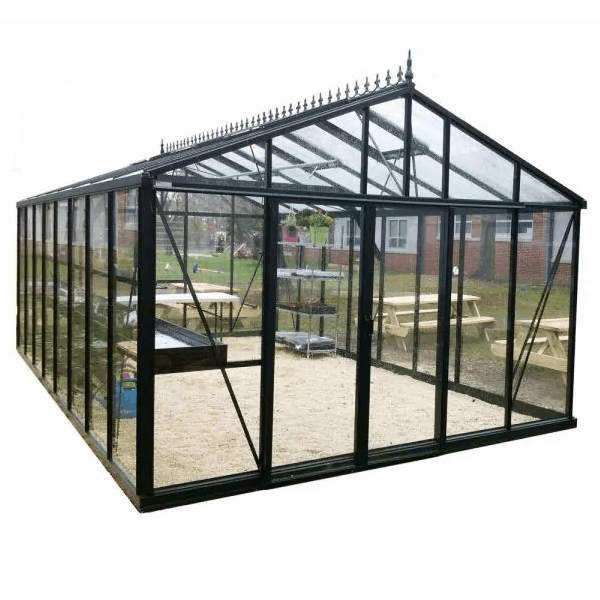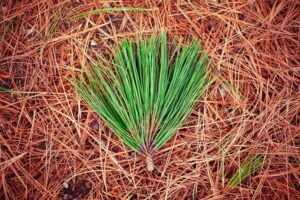April marks a significant turning point in the gardening calendar. The chill of winter has subsided, and warmer days beckon us to our outdoor sanctuaries. The vitality of nature awakens, revealing the perfect conditions for planting, pruning, and preparing our gardens for thriving success.
From soil preparation to pest management, the following tasks provide a holistic approach to ensuring our gardens flourish. Let’s explore what you should tackle this April to create a vibrant and bountiful outdoor space.
Prune Shrubs and Trees
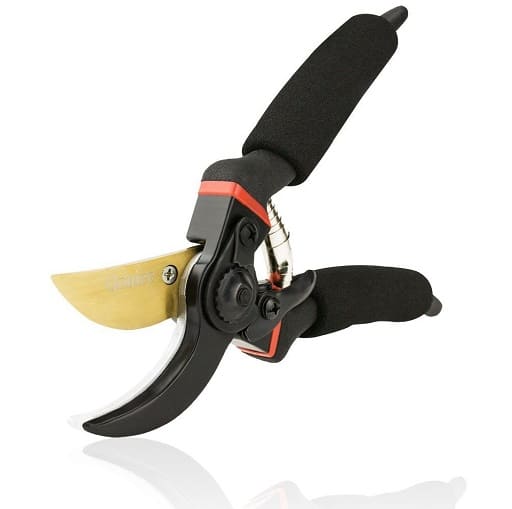
As the buds begin to swell and the first blooms of spring unveil themselves, April is an ideal time to assess and prune your shrubs and trees. This practice not only shapes your plants for the growing season but also encourages healthy growth and flowering. Ensure you use clean, sharp pruning shears to prevent damaging the plants.
Focus on removing dead, diseased, or damaged branches, as they can harbor pests and diseases that threaten your plants. For flowering shrubs, timing is essential; prune those that bloom on last year’s growth after they flower, but prune those that bloom on current season’s growth now. This careful attention helps maintain their structure and encourages a lush display during the upcoming growing season.
Weed Control
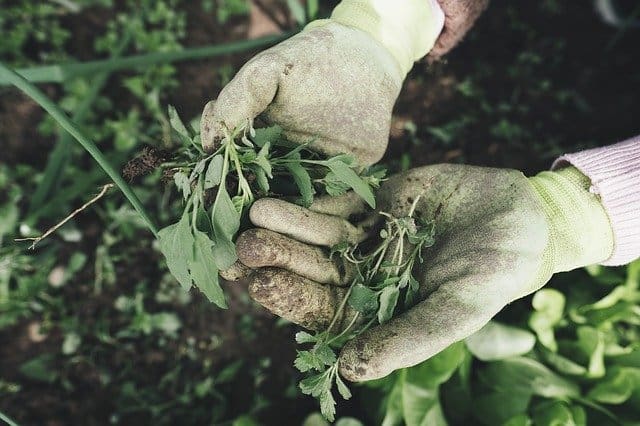
A major nuisance for any gardener, weeds can quickly take over and outcompete your other hard-earned plants for nutrients, water, and light. April is the perfect month to get ahead of the weed battle; the soil is soft and moist, making it easier to uproot these pesky intruders.
Consider employing a mix of manual weeding and, if necessary, organic herbicides to keep them at bay. Additionally, applying a pre-emergent herbicide can prevent weed seeds from germinating later in the season. Don’t forget to add mulch thereafter—this not only suffocates existing weeds but also suppresses future growth while keeping soil moist.
Soil Testing
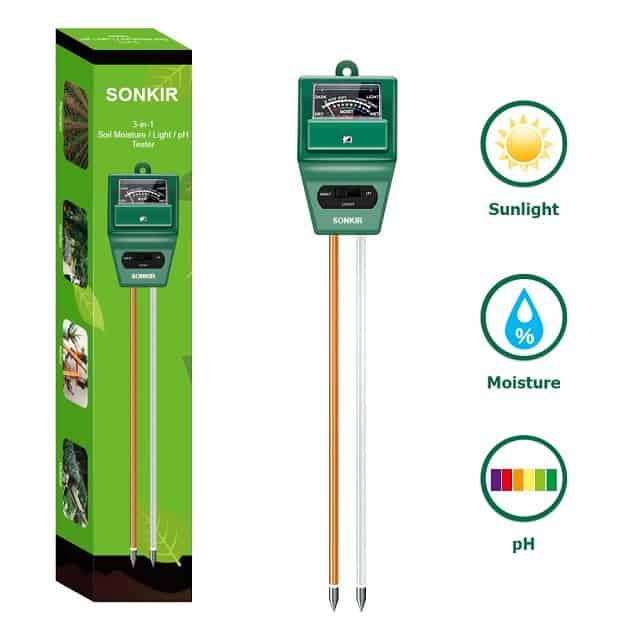
Knowing the health and composition of your soil is vital for any successful garden. April is a great time to conduct soil tests, particularly as many garden centers offer testing kits this time of year. Test your soil for pH levels, nutrient content, and organic matter.
Understanding your soil’s characteristics allows you to amend it appropriately—whether that means adding lime to raise pH, sulfur to lower it, or incorporating organic matter to improve structure and fertility. Healthy soil leads to resilient plants, so take the time to analyze it this month.
Start a Compost Pile

If you haven’t started composting yet, it’s time to get going. Composting is an excellent way to recycle kitchen scraps and yard waste while enriching your garden soil. In April, as you start your gardening tasks, gather organic materials—think vegetable peels, coffee grounds, grass clippings, and fallen leaves.
Set aside a special corner of your garden or utilize a compost bin to start your compost pile. A mix of ‘greens’ (nitrogen-rich materials) and ‘browns’ (carbon-rich materials) will help you achieve a balanced compost. Don’t forget to turn the pile regularly to accelerate decomposition. The rich soil conditioner you’ll obtain from successfully composting will provide numerous benefits throughout the gardening season.
Plant Cool-Season Vegetables
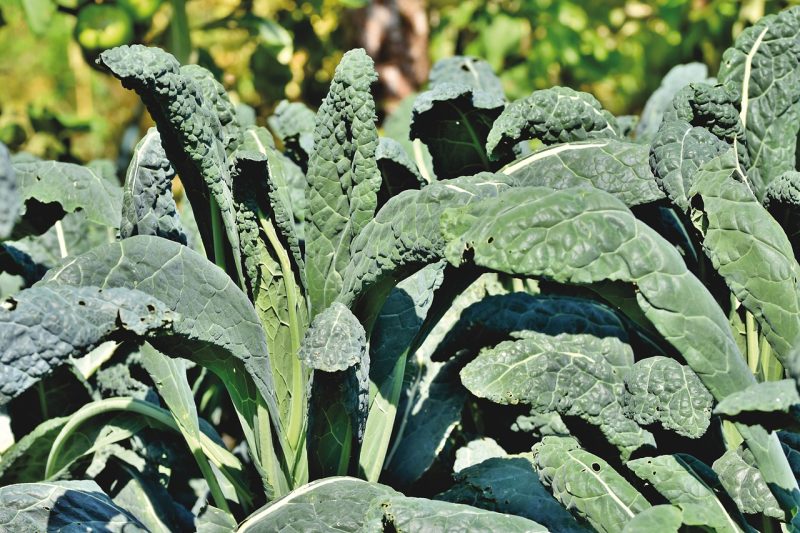
April heralds the time to sow cool-season vegetables, and if you haven’t done so already, now’s your chance. Cool-season vegetables—such as peas, radishes, lettuce, spinach, and kale—can thrive in the crisp spring air and even tolerate light frosts.
Prepare your garden beds by loosening the soil and enriching it with compost for a nutrient boost. Follow the seed packet instructions on planting depth and spacing to ensure your plants receive adequate room to grow. Checking moisture regularly is crucial, as cooler temperatures can sometimes lead to unexpected dry spells. Soon, you’ll enjoy fresh, homegrown greens straight from your garden.
Mulch Flower Beds
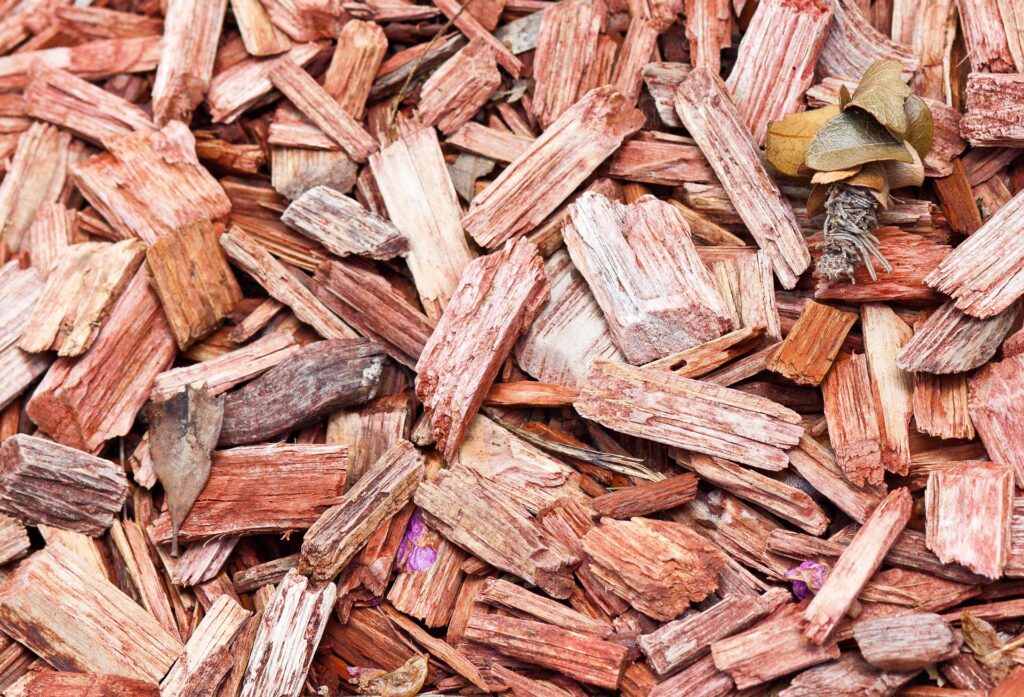
As spring’s warmth beckons blooms, apply a generous layer of mulch to your flower beds. This not only enhances the visual appeal of your garden but also serves several functional purposes. Mulching helps retain moisture in the soil, suppresses weeds, and regulates soil temperature.
Consider organic mulches like straw, wood chips, or shredded bark, which can also add nutrients back into the soil as they break down. An even layer—approximately 2-3 inches—will provide the most benefit without suffocating your plants. Keep mulch a few inches away from the base of plants to avoid moisture retention issues that can lead to rot.
Clean Garden Tools
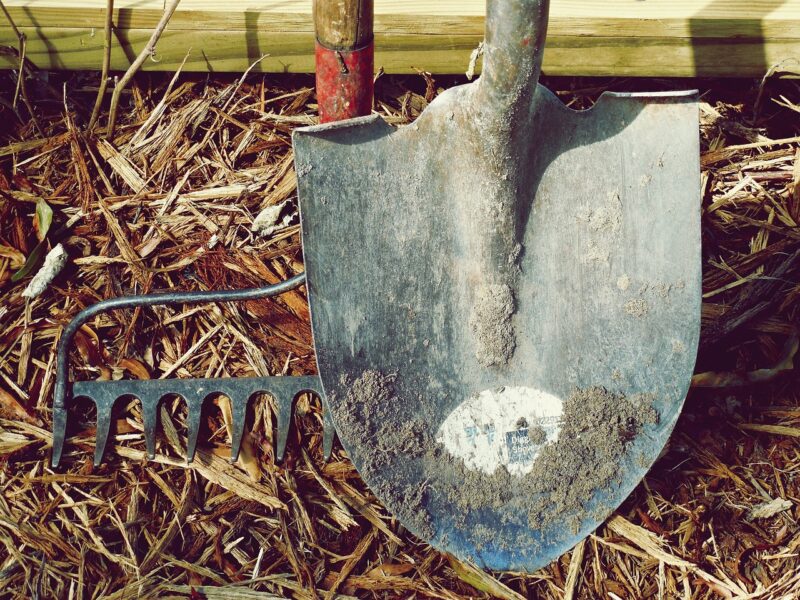
After a long winter, your garden tools are likely in need of some TLC. Cleaning and maintaining these tools in April will ensure they work efficiently throughout the growing season. Start by wiping down handles and removing any sticky sap or dirt with warm, soapy water.
For metal parts, use a wire brush to remove rust and ensure everything is sharpened for optimum performance. Wipe them down with a light coat of oil to prevent future rusting. Not only does this prolong the life of your tools, but using clean, sharpened equipment also makes your gardening tasks much more manageable.
Install a Rain Barrel
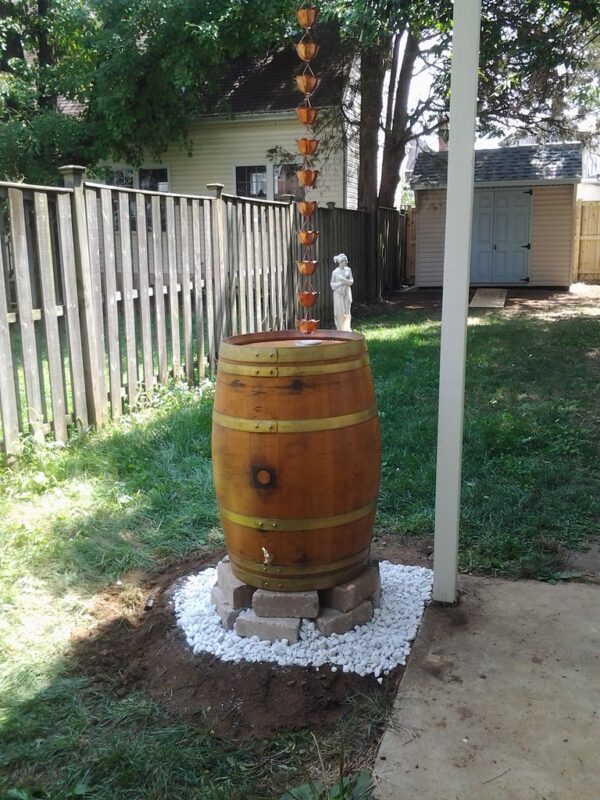
Harnessing rainwater is a sustainable way to provide for your garden and reduce your water bill. Now is the perfect time to install a rain barrel as spring showers begin. Position your barrel beneath a downspout to capture runoff from your roof.
Choose a barrel that fits your aesthetic while being large enough to hold sufficient water for your garden’s needs. Harvested rainwater is naturally soft and devoid of chemicals, making it ideal for watering your plants. By using a rain barrel, you not only conserve water but also promote responsible gardening practices.
Plant Perennials
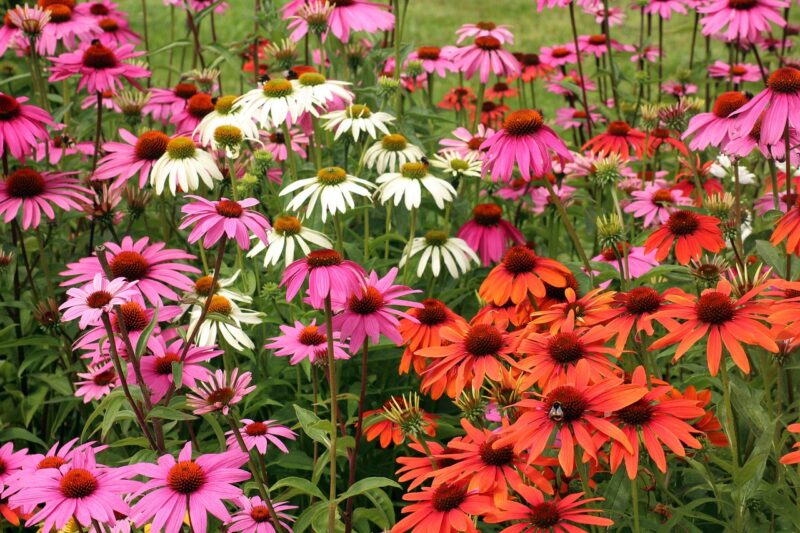
April offers the perfect opportunity for planting perennials. These resilient plants return year after year, providing lasting color and interest in your garden. Choose perennials suited to your climate and soil type, and consider the bloom times, so your garden remains vibrant throughout the seasons.
Before planting, prepare the soil as discussed earlier, and dig holes that are appropriate for root size. Give each plant adequate spacing to allow for growth. Water them thoroughly after planting and watch as they take root and begin to flourish as spring unfolds.
Aerate the Lawn

If you have cool-season grasses in your lawn, April is the time to aerate it. Aeration involves perforating the soil with holes to allow air, water, and nutrients to penetrate to the roots. It helps alleviate compaction and promote healthy growth.
You can rent an aerator or hire a lawn care service, or if you’re feeling ambitious, use a garden fork to manually aerate smaller areas of your lawn. After aeration, consider overseeding your lawn to fill in any bare patches, and follow up with a balanced fertilizer to encourage a lush green carpet come summer.
Edge Garden Beds
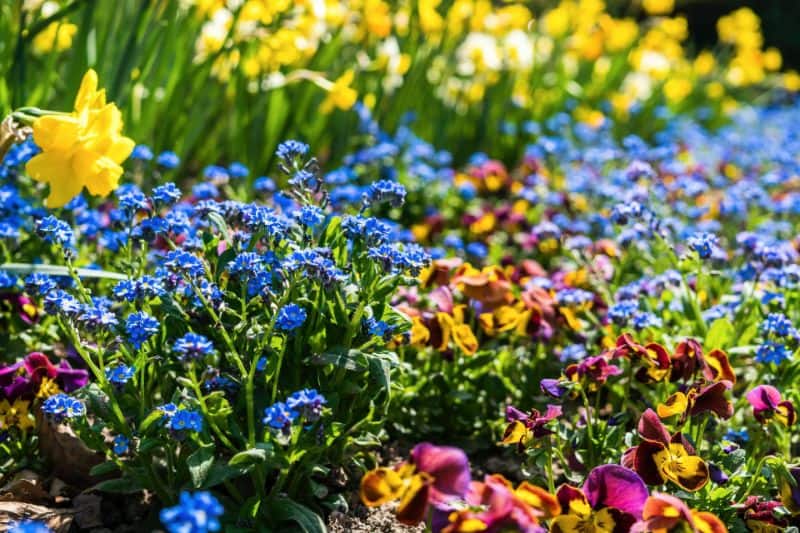
Neat garden beds elevate the overall appearance of your landscape and help prevent grass and weeds from creeping in. Use a spade or edger tool to define the edges clearly this April. By establishing a clear boundary, you can maintain a tidy look while making mowing easier.
Edging also improves moisture retention and can help delineate different garden areas, contributing to better planning and organization in your garden. A fresh edge not only makes your garden more visually appealing but also brings a sense of order and care to your landscaping efforts.
Divide Overgrown Perennials
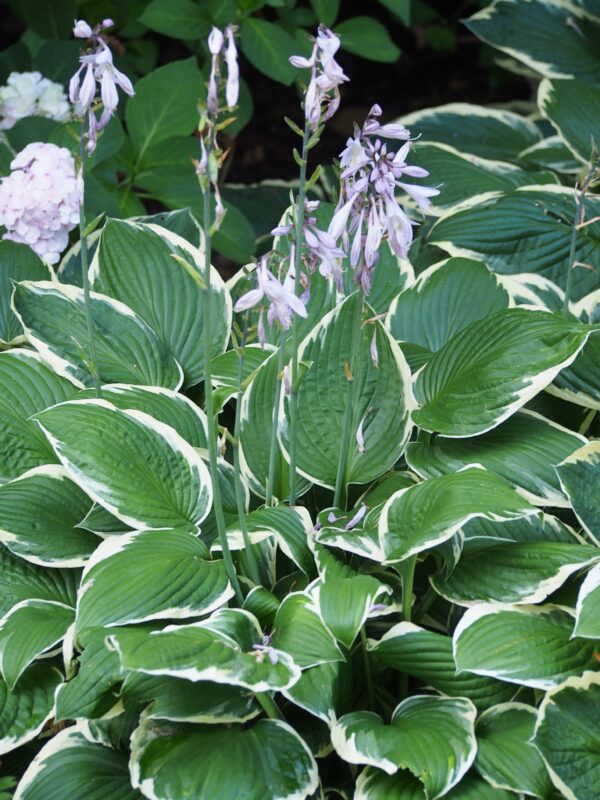
As your perennials start to emerge, you may notice some are outgrowing their space. Dividing overgrown perennials allows them to thrive and flourish. Typically, plants that have been in the ground for three to five years will benefit from division, which also rejuvenates their growth.
To divide, carefully dig up the root ball, ensuring you don’t damage the roots. Use a sharp spade to cut the plant into several sections, each with its roots. Replant immediately at the appropriate depth, providing a great opportunity to spread your favorite varieties throughout your garden or share extras with friends and family.
Fertilize Lawn and Garden

As growth resumes, plants need a nutrient boost to support their spring surge. This month, apply a balanced fertilizer to your garden beds and lawn. Look for a fertilizer with a good mix of nitrogen, phosphorus, and potassium, tailored to the specific needs of your plants.
Be mindful of the application rates to avoid over-fertilizing, which can harm your garden and encourage excessive growth. Watering the garden before and after fertilization can help ensure nutrients infiltrate the soil effectively. A well-fertilized garden will showcase vibrant blooms and robust foliage as the season progresses.
Plant Summer Bulbs

It’s time to start thinking about vibrant colors in your garden! April is the month to plant summer bulbs like dahlias, gladiolus, and callas. These stunning flowers provide spectacular displays through the summer months.
Choose a sunny spot and prepare the soil by mixing in compost for added nutrients. Follow the specific planting instructions for each type of bulb, as depth and spacing can vary significantly. Water them well after planting, and soon you’ll see the ground transformed with their lively colors as the warm weather settles in.
Install Garden Pathways

Creating pathways through your garden offers both practicality and visual appeal. April is an excellent time to plan and install pathways, guiding visitors through your planting beds while also protecting the soil structure.
Choose materials that match your garden’s theme—gravel, stepping stones, or mulch are all wonderful options. Plan for a practical layout that enhances accessibility while allowing for plant maintenance. Beautiful pathways add a touch of charm and make your garden feel more like a retreat.
Set Up Bird Feeders
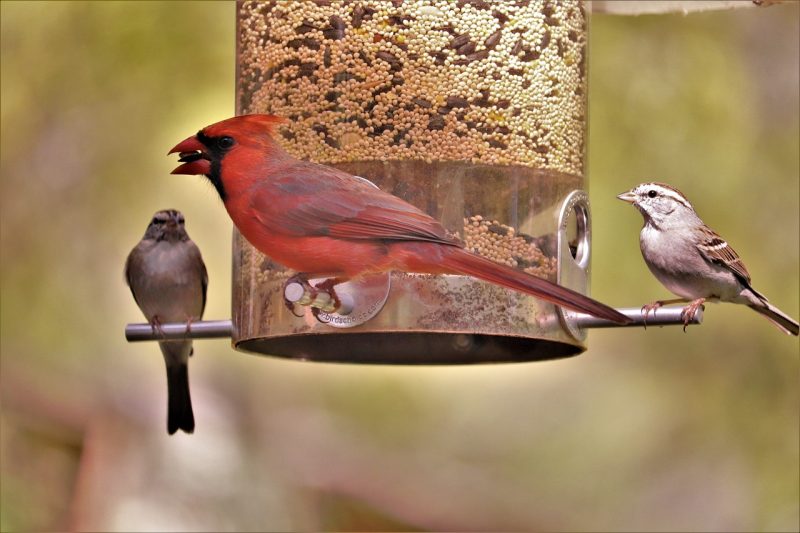
Birds are beneficial allies in the garden, and adding feeders will attract them and help control pests naturally. April, as the migratory bird season begins, is ideal to set up bird feeders and a bird bath.
Select feeders that cater to various bird species, and fill them with a diverse seed mixture. Keep the feeders clean and regularly filled to maintain a lively bird presence. Birds will not only beautify your garden but also contribute to a balanced ecosystem, keeping pest populations in check.
Clean Out Gutters
While it’s not the most exciting gardening task, cleaning out your gutters is essential for maintaining your property’s overall health. Clogged gutters can lead to water overflow, which may damage your garden’s foundation and inhibit proper drainage.
Usually, this task is best done before the heavy rains of spring arrive. Take the time to remove leaves, twigs, and debris from your gutters and downspouts to ensure they function as they should, directing water away from your home and garden effectively.
Refresh Garden Décor
As you dive into your April gardening tasks, don’t forget to refresh your garden decor to enhance the beauty of your outdoor sanctuary. Clean and polish any ornaments or furniture, replace faded pillows, and consider adding colorful pots to enliven your space.
This spring, consider incorporating new pieces that represent your personal style. Simple additions like lanterns, garden stakes, or birdhouses can provide stunning focal points and create inviting spots throughout your garden, enhancing the overall ambiance of your green space.
Check Irrigation System
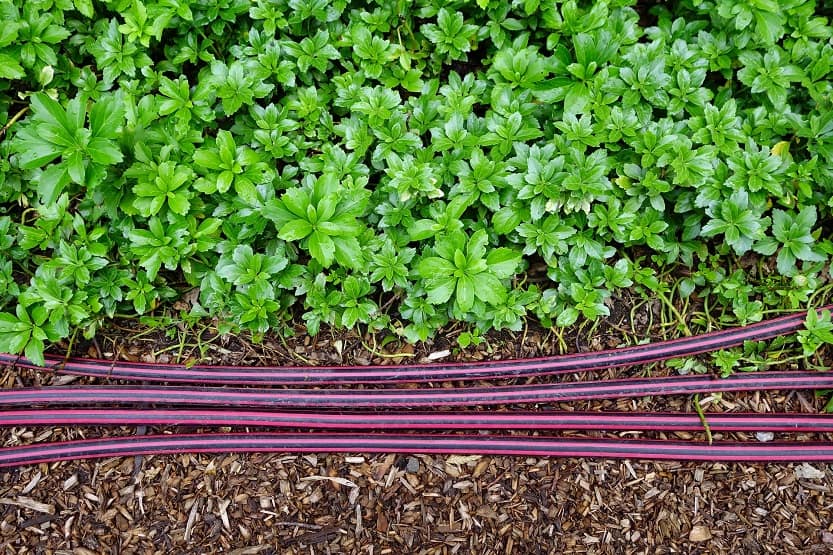
If your irrigation system hasn’t been checked since last season, now’s the ideal time to assess it. A well-functioning irrigation system ensures your plants receive the water they need, particularly as warmer temperatures approach.
Inspect your sprinklers, drip lines, and timers for any necessary adjustments or repairs. Clear any blockages and replace any damaged components. Ensuring proper coverage will help keep your garden hydrated and healthy as the plants grow during the busy months ahead.
Protect Plants from Pests
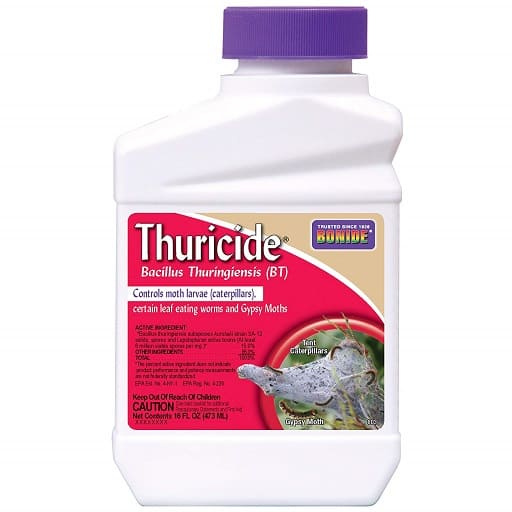
Spring awakens not only plants but also the pests eager to feast on them. It’s essential to monitor your plants for signs of pests and take preventive measures to protect them. Regularly check underneath leaves for eggs or insects and act swiftly to manage any infestations.
Methods for controlling pests range from organic treatments—like insecticidal soap or neem oil—to physical barriers such as row covers. Encouraging beneficial insects, like ladybugs and lacewings, can be another effective strategy, as they naturally manage pest populations in your garden.
Plant Annual Flowers
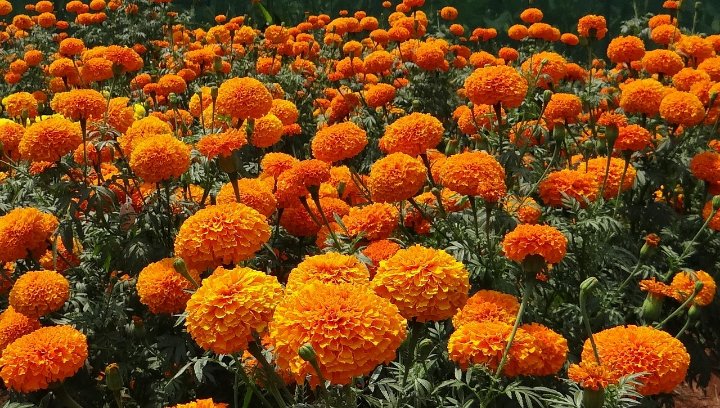
Keep your garden blooming all season long by planting annual flowers in April. Annuals are versatile and widely available, offering a palette of color to complement your perennials. From petunias to marigolds, there are countless varieties to suit any taste.
Choose a sunny location, prepare the soil, and follow planting guidelines for each flower type. Water them well and consider applying a slow-release fertilizer to support their growth. Annuals will provide a continuous display of color and can be easily replaced or changed out as seasons shift.
Install Trellises and Supports
If you are planning to grow climbing plants this season, April is the perfect time to install support structures. Whether you’re cultivating peas, tomatoes, or flowering vines, proper supports are critical to keep these plants healthy and prevent rot from getting too close to the soil.
Select trellises or stakes that suit the plant’s needs and your garden’s aesthetic. Install them now so your plants can climb freely as they grow. Not only will this practice help with air circulation and sunlight accessibility, but it also adds vertical dimension and charm to your garden design.
Start a Herb Garden
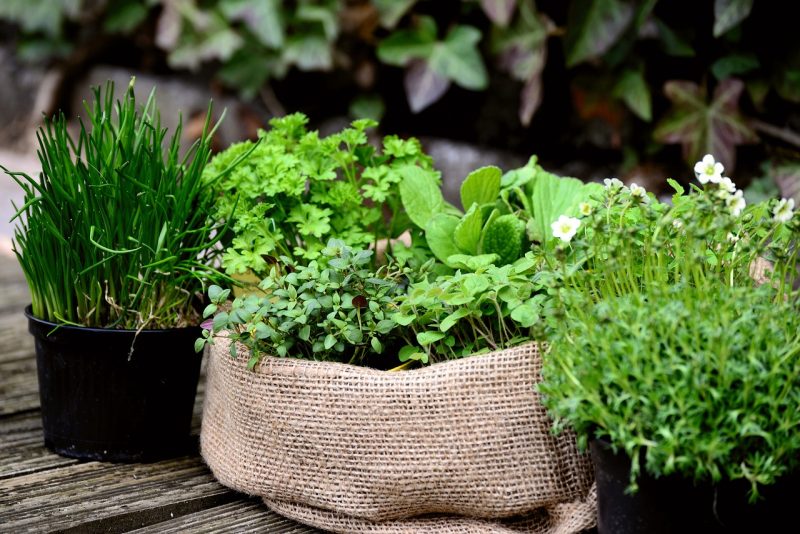
If you’ve been dreaming of getting fresh herbs for your cooking, now is the time to start your herb garden. Herbs are relatively easy to grow and can thrive in small spaces—ideal for those with limited room.
Choose a sunny spot with good drainage, and consider container gardening if space is tight. Popular herbs to plant include basil, cilantro, parsley, and rosemary. Whether you sow them directly into the ground or use pots, having fresh herbs readily accessible at your doorstep will elevate your culinary creations and encourage you to experiment in the kitchen.
Revitalize Container Plants
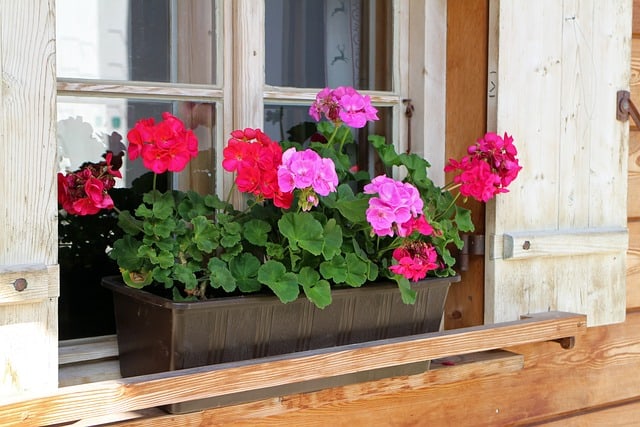
As winter transitions to spring, container plants tend to need a little extra love. Inspect your potted plants and remove any dead or yellowed foliage, along with any weeds that may have snuck in.
If your containers look tired, take the opportunity to refresh the soil. Emptying the pot and replacing it with fresh potting mix can give your plants the nutrients they need to thrive. Additionally, consider rearranging your pots for a refreshing new look or swapping plants among containers for visual interest.
Build Raised Garden Beds
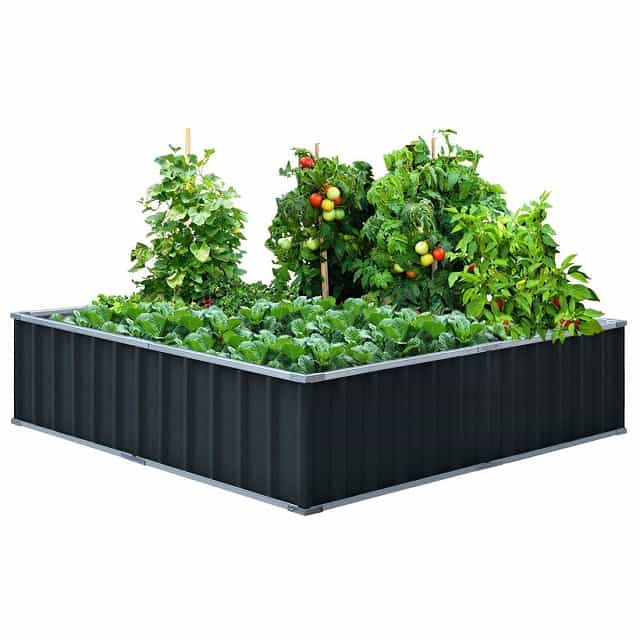
If you’re considering expanding your gardening space, building raised garden beds is a fantastic way to create organized and productive growing spaces. April provides the perfect weather for construction and planting.
Choose a sunny spot and measure your desired bed dimensions. You can utilize reclaimed wood, brick, or stones for construction. Fill your raised beds with a nutritious soil mix, and you’ll have an ideal environment that enhances drainage and soil quality—leading to healthier plants.
Plant Bare Root Trees and Shrubs
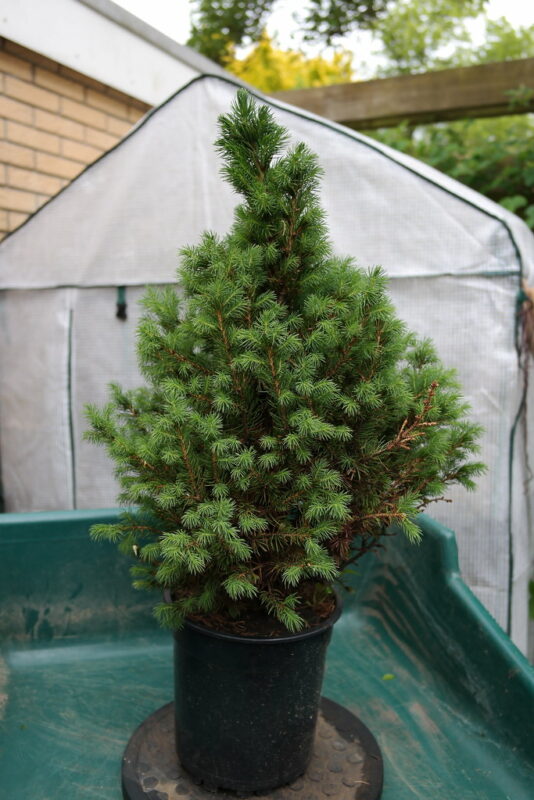
April is one of the last months to plant bare root trees and shrubs. These plants offer a cost-effective method to establish strong plants with well-developed root systems. When selecting your bare root plants, choose varieties that thrive in your climate and soil conditions.
Plant them immediately upon receiving them to prevent roots from drying out. Dig a wide and deep hole, ensuring the graft line sits just above the soil level, and backfill with soil while gently patting it down. Water thoroughly after planting, and your garden will soon benefit from the maturity these plants provide.
Set Up a Greenhouse
If you have aspirations of extending your growing season, setting up a greenhouse is a worthwhile project for April. Whether large or small, a greenhouse allows you to nurture seedlings and protect plants from capricious spring weather.
Assess your space and budget to determine the right shape and size for your greenhouse. You can begin with a small portable one or construct a permanent structure. Pay attention to ventilation and lighting needs as you set it up. A greenhouse opens up a world of possibilities, allowing you to start transplants early and grow delicate plants that might not survive outdoors year-round.
Check for Frost Damage
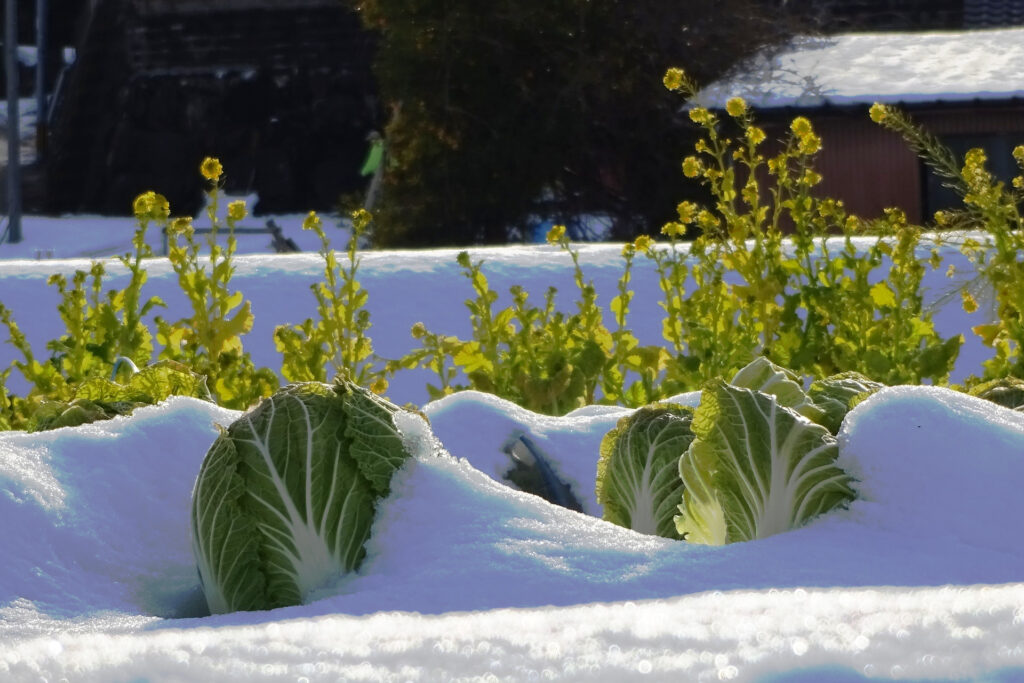
Even in April, the risk of frost can linger, particularly during the early days of the month. After the last frost date in your area, inspect your plants for any signs of frost damage. Look for discolored leaves, wilting, or death on early bloomers that may have been caught unexpectedly.
If you find frost-damaged areas, remove those parts immediately to prevent further stress to the plant. Consider using protective covers such as horticultural fleece or row covers during cold snaps to guard against potential frost damage in the future. Remaining vigilant is key to ensuring your plants thrive through these temperature fluctuations.
Introduce Beneficial Insects
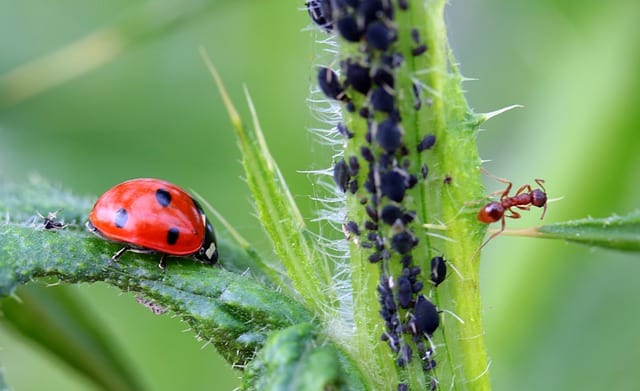
April is an ideal time to invite beneficial insects into your garden, ensuring a healthy ecosystem. Ladybugs, lacewings, and predatory wasps are excellent allies in managing pest populations by preying on harmful insects like aphids and spider mites.
You can attract these beneficial insects by planting native flowering plants that provide nectar and pollen. Additionally, consider creating insect habitats by leaving some areas of your garden undisturbed. This will encourage a diverse range of beneficial predators to take up residence in your garden.
Check Fences and Gates

As your garden flourishes, the need to secure your protective barriers becomes increasingly important. Take some time in April to assess your fences and gates, looking for any signs of wear and tear or potential entry points for pests.
Repair broken sections and check that gates close properly to prevent animals from raiding your hard work. A sturdy fence not only serves as a barrier against unwanted pests but also delineates your garden space, giving it a structured feel while keeping your plants safe and sound.


